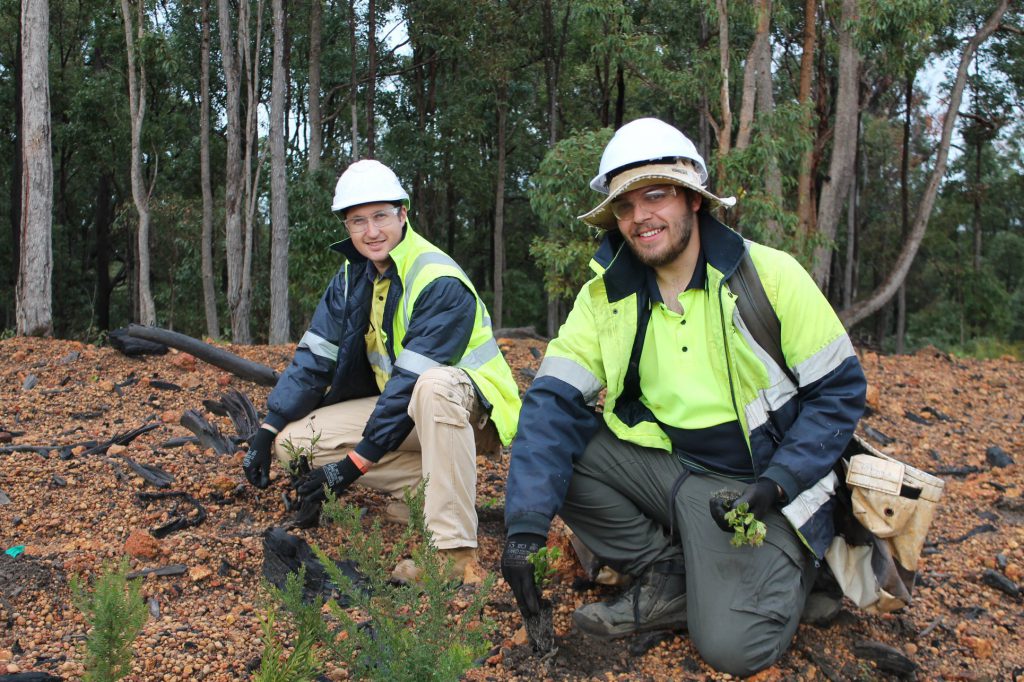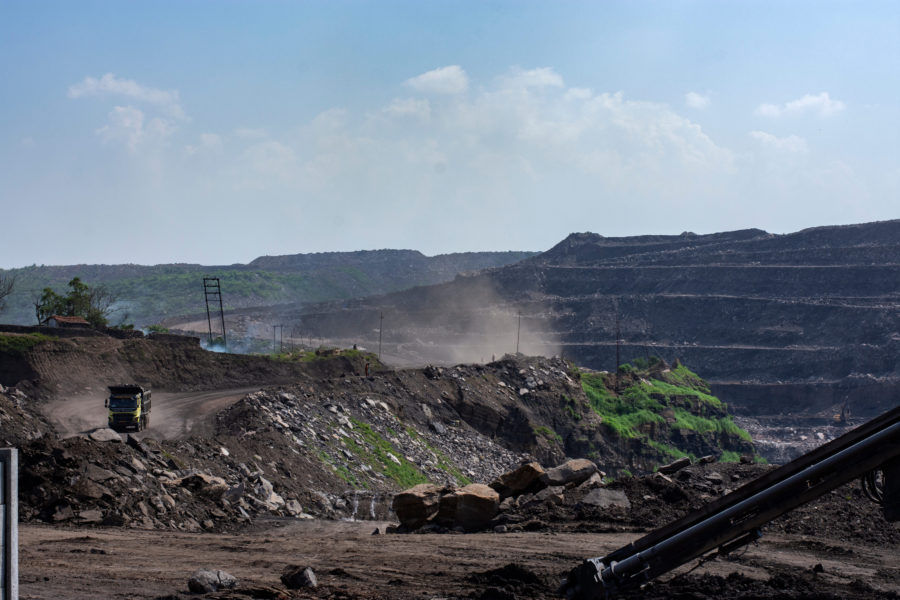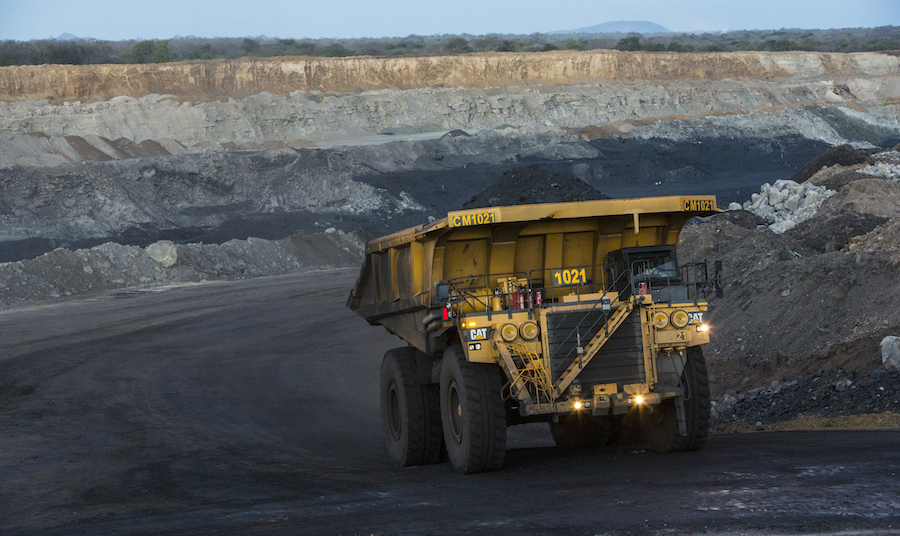Home: Alcoa powers up in Brazil as China aluminum powers down

(The opinions expressed here are those of the author, Andy Home, a columnist for Reuters.)
After six years of lying idle the Alumar aluminum smelter in Brazil is about to restart operations.
Alcoa, which owns a 60% stake in the joint venture plant, said on Monday it will reactivate its 268,000-tonne-per-year share with first metal due in the second quarter and full capacity timed for the fourth quarter of next year.
The resurrection of the Sao Luis smelter is a sign of the changed times in the global aluminum market.
Back in 2015 aluminum was locked in a multi-year downtrend and the London Metal Exchange (LME) three-month price sank to a six-year low of $1432.50 per tonne in November of that year.
China’s primary metal production growth was accelerating, up 11% after 7% growth in 2014, as investment poured into smelting capacity. Exports of semi-manufactured products were booming, up 14% in 2015, eating into demand everywhere else.
Fast forward to 2021 and the LME price is trading around $2,950 per tonne, having hit the $3,000 level last week for the first time since 2008.
China’s seemingly infinite production growth has stalled and shows signs of going into reverse as energy restrictions bite. With demand still strong, China’s domestic supply-chain tensions are apparent every month in the form a continued flow of primary metal imports.
Power crunch
China’s aluminum production rate slowed further in August, the latest estimates from the International Aluminium Institute (IAI) show.
The country’s annualized run-rate dropped to 38.8 million tonnes in August, the lowest level since December last year.

Cumulative production growth of 7.3% over the first eight months of 2021 is flattered by a low pandemic base last year and a short-lived growth spurt in January and February.
The IAI’s count doesn’t exactly match the official figures, which is down to the problems counting output across 80 production entities, but both are capturing the same stalled impetus.
The country’s power-hungry smelters are hit by both a temporary power crunch and structural energy restrictions linked to Beijing’s decarbonisation goals.
The result is some 2.33 million tonnes per year of smelter capacity cuts, according to state-backed research house Antaike.
Curtailments have been mandated in provinces struggling to meet quarterly energy efficiency targets such as Inner Mongolia, Guangxi and Henan. Yunnan province is also battling low water levels in its hydro system.
Many of the cutbacks will last through the end of the year with major producers such as Henan Shenhuo Coal & Power Co Ltd and Yunnan Aluminium downgrading production guidance.
Yunnan Aluminium had planned to bring online 380,000 tonnes per year of capacity, but that is postponed until power restrictions end.
This highlights the impact of power constraints on operating capacity and on the new capacity that was expected to lift Chinese production this year.
China was supposed to activate 1.8 million tonnes of new annualized capacity in 2021, according to Citi. (“Aluminum – transitioning from a cyclical into a structural bull market,” Sep 7, 2021)
However, as much as 1.2 million tonnes and a further 625,000 tonnes expected in 2022 “will likely get postponed by about 6-12 months, due primarily to power shortages and provincial governments’ energy-control-led administrative shutdowns.”
Powering up?
China is the dominant power in global aluminum production so it’s not hard to understand why prices have climbed to multi-year highs.
Analysts are rapidly reassessing both their supply-demand calculations and their price forecasts. Citi, for example, expects the global market to experience a 1.1-million tonne supply shortfall this year and has lifted is 2022 LME average price forecast to $3,010 per tonne.
The sense of structural change explains Alcoa’s restart of its idled Brazilian capacity and Russian producer Rusal’s reactivation of its long-delayed Taishet smelter project.
But Western production is not responding to China’s aluminum woes and the high price.
Reported production outside China was also the lowest this year at 26.2 million tonnes annualized, according to the IAI.
North American production has fallen due to the July strike action at Rio Tinto’s Kitimat smelter, which is operating at 35% of its 432,000-tonne annual capacity.
European production has also been sliding, hinting at compressed smelter margins caused by the spike in power prices.
The only significant production growth drivers outside China are India, Malaysia and the Gulf countries.
There is still plenty of idled capacity that could in theory be restarted in the coming months. Alcoa will still have 20% of its global capacity off-line even after firing Alumar up again.
However, each potential restart has to navigate its local power market both in terms of availability and price.
It’s worth noting that Alumar is restarting despite evident stress in Brazil’s hydro-electric power systems due to drought.
The country has hiked energy prices and Vice President Hamilton Mourao has warned that rationing might have to be introduced.
Against such a backdrop Alcoa has done well to secure what John Slaven, Executive Vice President and Chief Operating Officer called “competitive, renewable, power arrangements.”
It remains to be seen how many other operators can pull off the same trick in an increasingly stretched global power sector.
For now, the focus is on China’s stressed grid and sliding production in what remains the world’s largest producer of aluminum.
(Editing by Barbara Lewis)
More News
{{ commodity.name }}
{{ post.title }}
{{ post.date }}



Comments